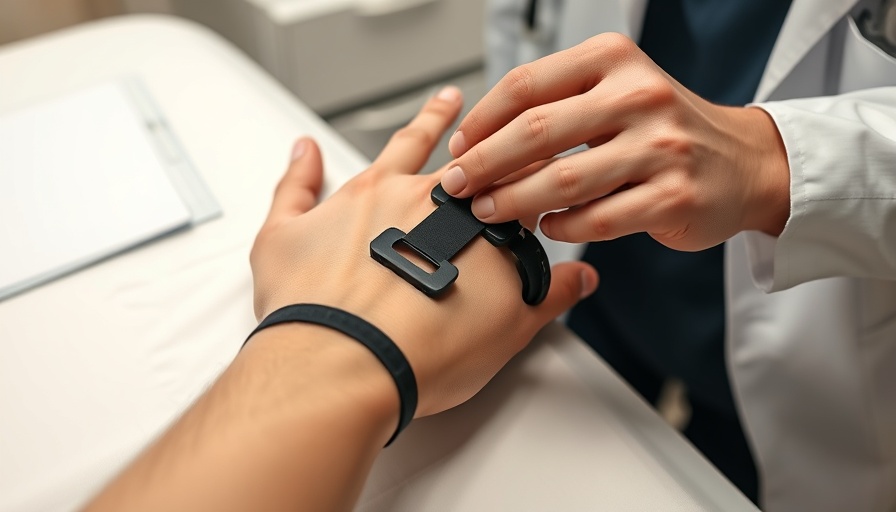
Understanding Thumb Arthritis: A Growing Concern
Thumb arthritis, particularly common among older adults, can drastically affect daily life. The condition occurs when the cartilage, which serves as a cushion between bones, wears down, leading to pain and stiffness. Sandy Geathers, a resident of Wynnefield, experienced this firsthand, comparing everyday tasks like dressing or preparing meals to efforts akin to climbing a mountain. Many share her struggles, as thumb arthritis can limit activities that require grip and dexterity.
Exploring Treatment Options: From Conservative to Surgical
In the search for relief, individuals typically start with conservative treatments such as bracing and oral non-steroidal anti-inflammatory medications (NSAIDs). According to Dr. Phil Petrucelli from Lankenau Medical Center, bracing serves to immobilize the thumb, reducing pain by preventing bone grinding. When these initial treatments fall short, advanced options like cortisone shots may be administered, though their effectiveness can vary.
The Role of Turmeric: Nature’s Anti-Inflammatory
Adding a holistic approach, Dr. Petrucelli recommends the spice turmeric, which possesses scientifically backed anti-inflammatory properties. This natural alternative offers patients an avenue for managing discomfort during the early stages of treatment. It's also gaining traction within wellness conversations as individuals seek more natural remedies to complement conventional medicine.
Choosing Surgery: The Trapeziectomy Explained
For those whose pain persists despite these measures, surgery is often considered. A trapeziectomy—the surgical removal of the arthritic bone—has become a go-to procedure, boasting a success rate of approximately 92%. During the surgery, the bone causing pain is excised, and a specialized suture is used to maintain the thumb’s position. This innovative technique allows for a smoother recovery and helps restore movement over time.
Recovery After Surgery: A Three-Stage Journey
Patients like Sandy Geathers often find the recovery from a trapeziectomy challenging yet rewarding. The initial recovery period requires one month of complete immobilization followed by two months focused on regaining range of motion and strength. While it may seem grueling, the end results can significantly enhance quality of life, as patients often return to activities they once found too painful.
Predicting the Future: What’s Next in Thumb Arthritis Treatment?
As technology and medical practices advance, future treatments for thumb arthritis may include more sophisticated surgical techniques or innovative therapies utilizing regenerative medicine. Researchers are studying the potential of stem cells and biologics to help patients recover faster and restore joint function more effectively.
As reported by those on the front lines of combating arthritis, a multidimensional approach to treatment—incorporating surgery, holistic remedies like turmeric, and supportive therapies—offers the best pathway to recovery. Those afflicted with thumb arthritis can take heart knowing that options are available, providing not just relief, but the potential to reclaim the joys of life without debilitating pain.
 Add Row
Add Row  Add
Add 




Write A Comment